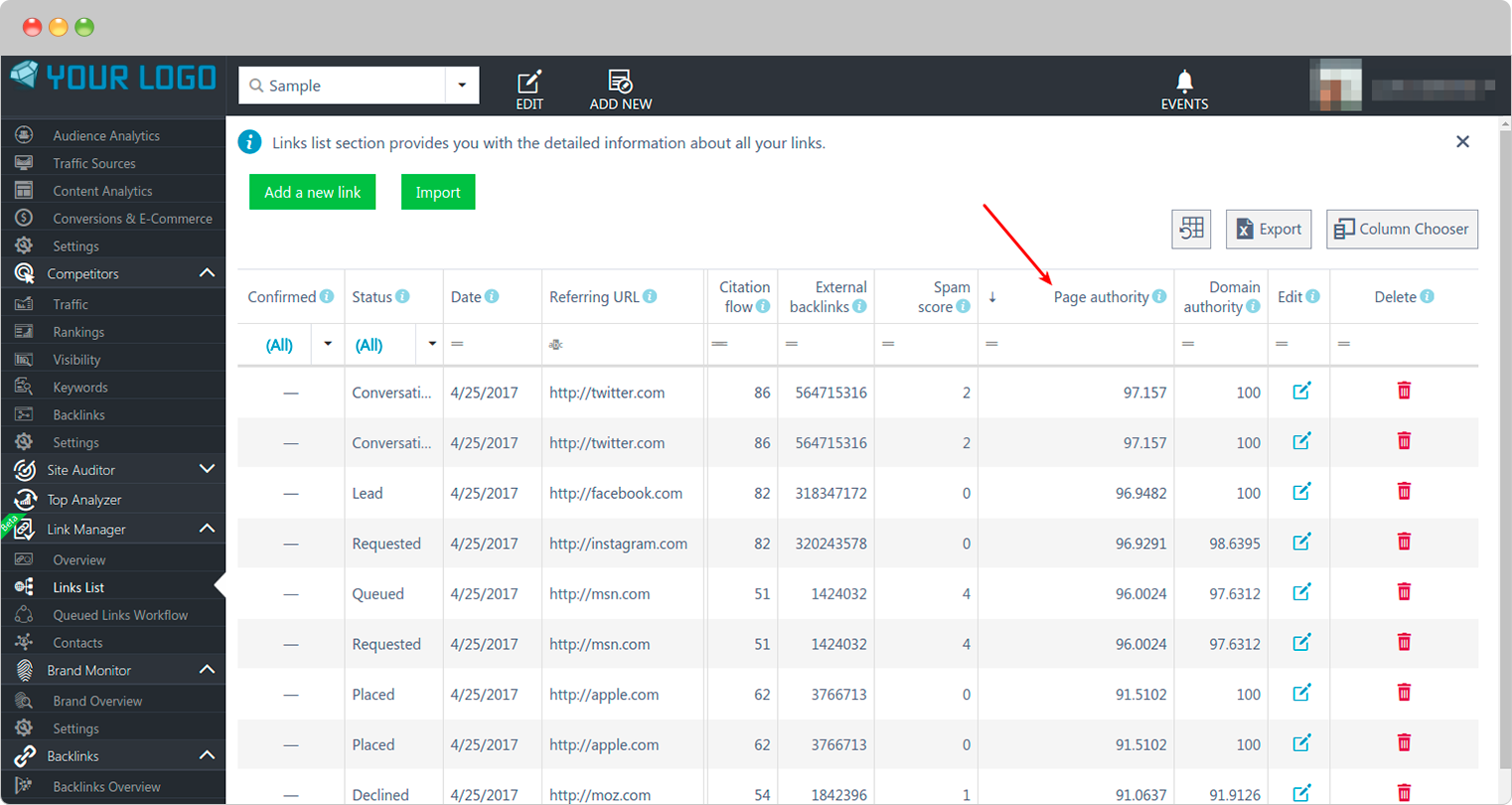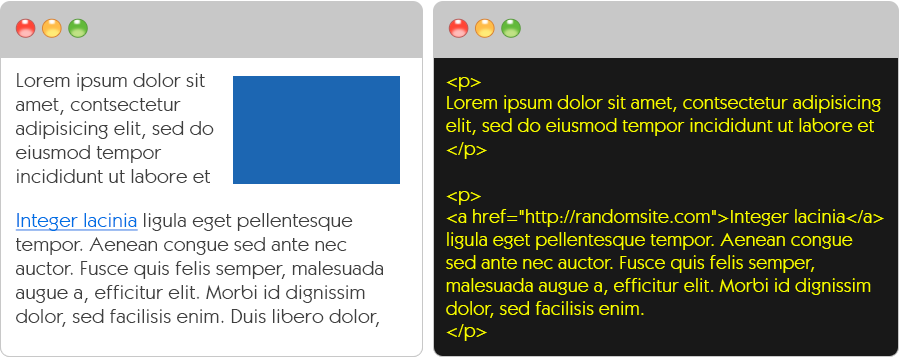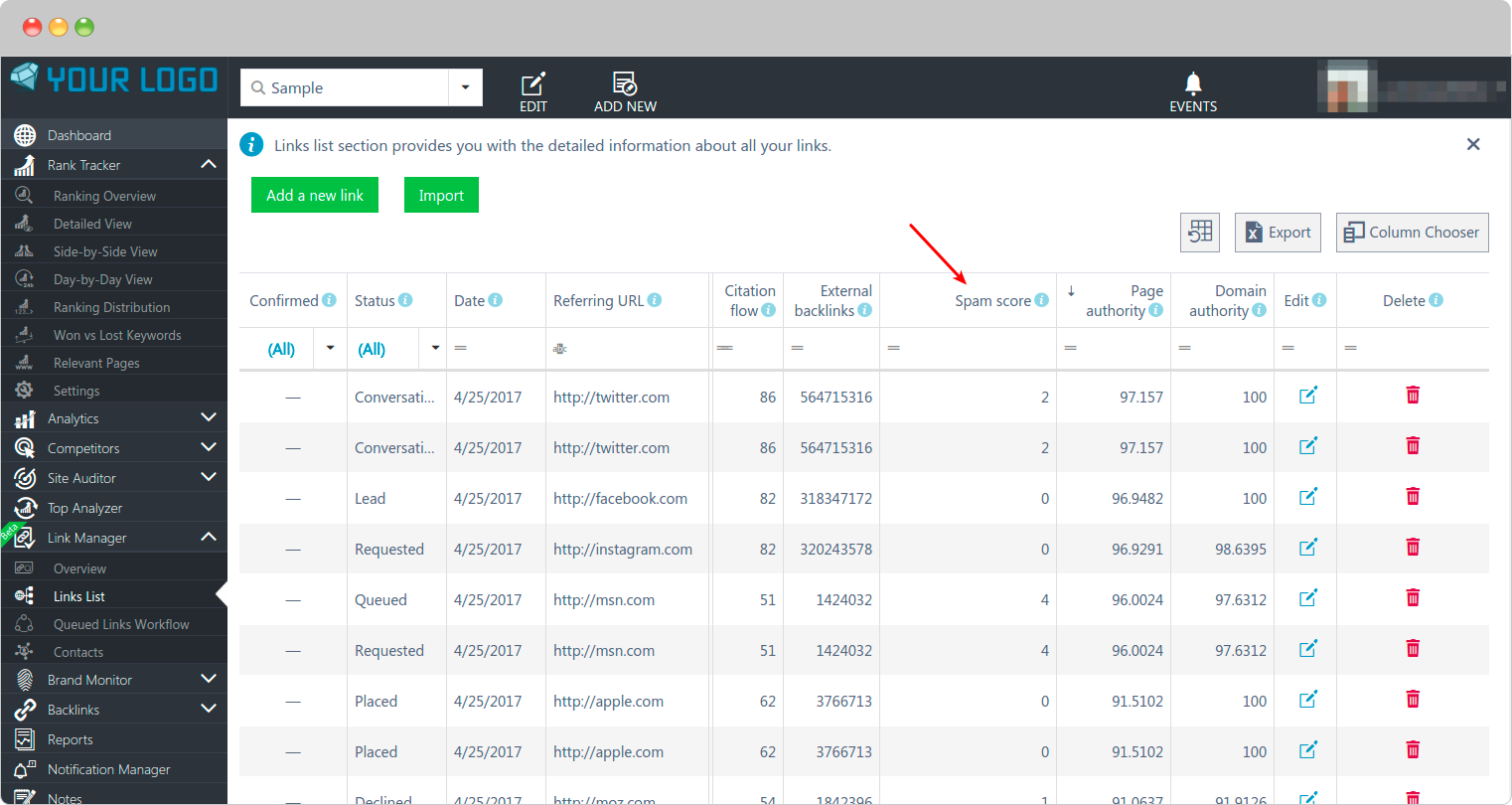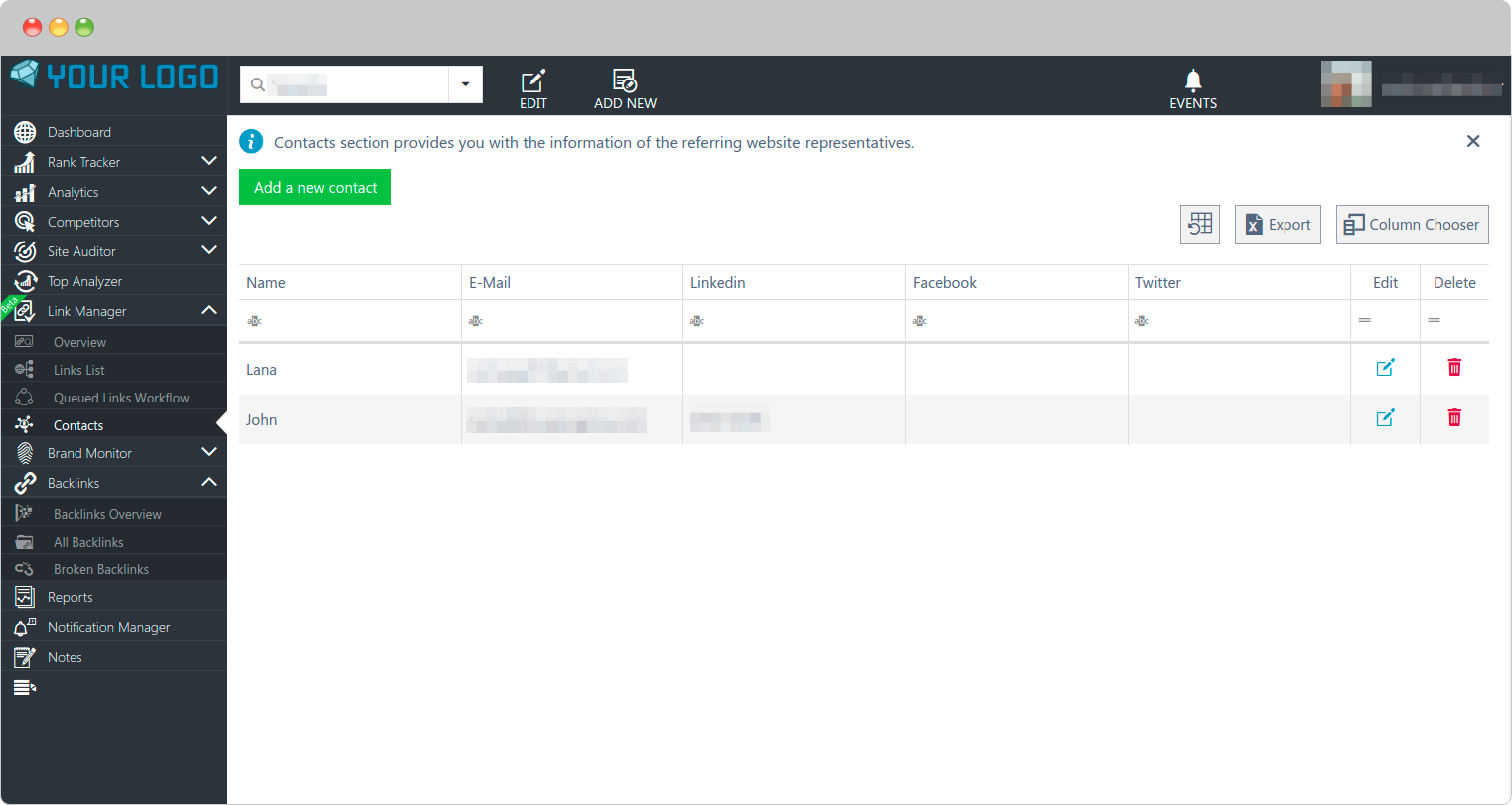Link-Hunt for Dummies. How to Track Good Links and Improve Your Rankings
14 July 2017 Leave a comment LINK EARNING
Despite the fact that link building has always been a crucial point in search engine optimisation, its importance has been rising and leveling off over the years as Google kept continuously improving its algorithms. Nevertheless, link building remains one of the primary factors used by search engines to rank pages on the web.
On the other hand, link building in 2017 has significantly changed. In fact, today it’s hard to actually call it “link building.” For now, term “link earning” seems a way more suitable.
Don’t see that much of a difference? Well, let’s dig deep into the details.
Before Google rolled out its Penguin algorithm, we could do just about anything to rank in Google without much consequence. In these good old days, you would create a 600 words article, build 400 links from few low-quality blogs and still achieve top ranking on results page.
But it couldn’t go on for long, obviously. In the end, guys in Google got annoyed by industrial scale link building services dictating the SERPs and struck back by launching Penguin in the April of 2012. Since then, the focus of SEO efforts shifted from the quantity of links on the page to their quality.
Here you can say that old techniques are still there helping young websites to get to the top. Well, it is partially true. Classic link building can still be quite effective, but such activities are putting your website at the risk of Google penalty. For using low quality (spammy) links, you can face tough actions on Google’s behalf, that will, if taken, make your website sink in search results and give off the exact opposite outcome.
Before we go any further, it is important to know what makes a really good link.
Good links are placed editorially
Google does not want to count any links that are not editorial. In other words, did someone link to you because of your mind-blowing content? If yes, you’ve got an editorial link. On the other hand, if you have created a page on some random website and placed your link there, it would not be counted as editorial.
That’s what Google says about non-editorial links:
“…creating links that weren’t editorially placed or vouched for by the site’s owner on a page, otherwise known as unnatural links, can be considered a violation of our guidelines.”
Good links come from authoritative pages
Authority of a webpage linking to you is one of the most important factors in link building.
That happens because Google gives more authority to pages with a higher Page Ranking value. Nevertheless, search engines normally don’t want to disclose this information, while still using it in the core of their algorithm.
To check the authority of pages, you can choose from a variety of free tools available on the Internet. But if you want to manage your links professionally and understand the true value of good links, we recommend you to check out our Link Manager.
To see the authority of the particular page, you should select “Links List” in the drop-down menu on the right. Here you can add new links, edit and remove them accordingly to your needs and preferences.
Page Authority scores vary between 1 and 100, with higher scores corresponding to a higher ability to rank.
Good links come from authoritative websites
Through accumulating links, website increases its authority. Obviously, a link from a high-authority website will have a greater impact compared to a low-authority one. Sites with a good authority are well-known and well-linked. By contrast, low-authority sites are not well-connected and barely visible by Google, except for some very specific queries.
And again, Link Manager will stand you in a good stead for determining the authority of a website you want to get linked from.
Domain authority of any website depends on the number of its external links. Simply put, the more pages are linked to the particular site, the higher is its ranking. In the “Links List” section you can easily find both Domain Authority ranking of the particular website and the number of its external links.
Note, it’s not all that matters in terms of selecting a website for links-earning. It is also crucial to choose a resource, that is closely related to the topic of the page that you’d like to connect.
Good links are located in the content
Believe it or not, link’s position on the page is also important. Links placed in the footer of sidebars are not nearly as valuable as those embedded in the piece of content.
Why so? The answer is simple: links in the middle of a page’s body content, for the most part, indicate link’s relevance to the context of the “maternal” piece of info. It is very possible that Google would give preference to the link that is likely to fit the content of the page.
Good links don’t overuse keyword anchor text
Google has long used anchor text as a ranking signal. In plain language, an anchor is a clickable text section of a link. Here are examples of how anchor link is displayed on the page and in the code.
We don’t doubt that keyword use has a positive impact on rankings, but it should be pointed out that they can result in the right opposite effect, if overused. Today, building lots of exact-match anchor text links is considered spammy and may result in Google imposing sanctions against the suspicious website.
Good links don’t come from low-quality guest posts
Check out what Matt Cutts, former Head of Google’s Webspam Team, says about guest blogging for links:
Posting low-quality blog posts on sites with a long tail of spamming is considered as spam, and such activities are highly likely to be penalised by Google. To keep your hands clean, you can check any website with a Spam Score tool embedded in the core of our Link Manager.
There are 17 “red flags” that indicate the risk of penalisation, so Spam Scores range from 1 to 17, whereas 17 is the worst point.
Good links are “dofollow”
By adding rel=”nofollow” to your link, you are telling search engines: “Don’t count this link, I don’t want it.” Although they are able to generate some traffic, nofollowed links normally don’t have any impact on your rankings.
In terms of SEO, relying on dofollow links may seem like a good tactics. Yet, it is not entirely true. In few cases, nofollow links appear to be no less important. For example, press releases. In order to avoid unnatural links notice, you should add rel=”nofollow” and prevent it from passing a Page Rank. Why? Simply because Google doesn’t want press release links to count toward your ranking.
Moreover, if you don’t want to go against Google’s guidelines (we are sure that you do not even intend to), we strongly suggest adding rel=”nofollow” attribute to all of your paid links.
Link building strategies
In this section, we have gathered some techniques that may help you to get your link earning strategy off the ground.
1Broken link building
As the Internet is growing and new websites appear on the Web, many previously useful resources disappear on a daily basis. Although you shouldn’t put high expectations in the magic disappearance of your competitors, such cases are not rare. So why not to use the efforts of your rivals to achieve higher rankings?
Broken link building can help you with that. It is one of the most popular techniques and, what’s more important, is unlikely to be penalised by Google.
To run this technique successfully, you need to know your competitors. You can simply type in a keyword you want to rank for in the search box using incognito mode. Then take the top 10 competitors listed ignoring the biggest fishes like Facebook and Amazon pages. Now you can start checking selected resources for expired or suspended domains. If at least one of your competitors matches the criteria, it’s your opportunity to turn its failure into your success.
Create a new project with your competitor’s website and then use Backlinks Explorer. In “Broken Backlinks” section you will find links that can be replaced in your favour.
After finding websites containing broken links of your competitor, you should reach out to Webmasters of these resources. You can find contacts through the number of tools available on the Internet, such as, for example, hunter.io and then insert the obtained info into the “Contacts” section of the previously mentioned Link Manager.
Now, you can email them and ask to replace the broken link with a one leading to your website.
2Skyscraper technique
This approach is less complicated compared to the previous one. Nevertheless, it can be equally potent in impact, if used properly.
Let’s say, you wrote an indeed amazing article. However, it ended up unnoticed and didn’t generate a single backlink. In this case, we strongly recommend you to include email outreach in your link building strategy.
In fact, no one will link to your content, unless they know it exists. So, instead of waiting around for people connecting to your great piece of content, you may try to contact them directly. By reaching out to relevant bloggers and website owners, you can build up awareness and eventually earn desirable links for your project.
With Link Manager you can easily manage that. Build the database of potential link-donors and get all necessary info in the “Links Section,” reach out to webmasters of selected websites via “Contacts” and then control the process of negotiations through the “Queued Links Workflow.”
Conclusions
Whatever “experts” say, link building is definitely not dead. Although it has changed significantly over the past several years, your backlinks are still one of the major ranking signals used by Google along with other search engines. In 2017, a success of your link building strategy largely depends on how much time you put into it. Even so, you can minimize your efforts using a variety of tools for link management.
If you have any questions regarding link building strategies, let us know by leaving a comment below.
Tags:






